Windows are inarguably one of the most crucial parts of your apartment; its design and constituents can possibly make or break the entire appeal of your home and office.
After ruling for umpteen number of years, the reign of the traditional glass windows is now being substituted by double glazing windows. Have you thought on how these are different from their counterparts? Well, you will have to keep on reading to know more.
Table of Contents
What are double glazing windows?
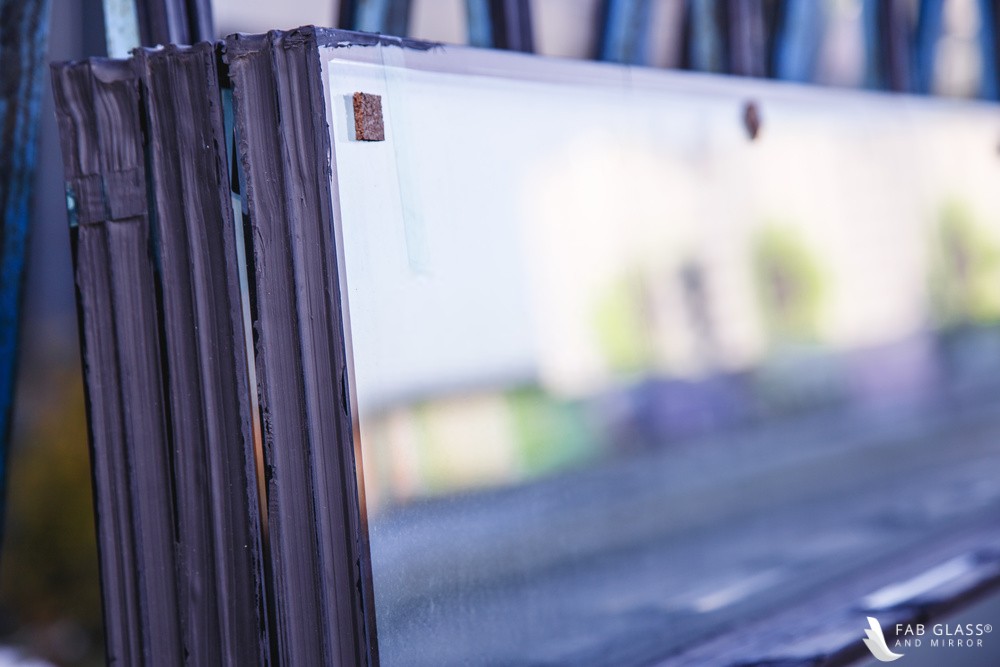
A double glazing window essentially comprises an insulated glass unit (IGU) which, in turn, amalgamates several glass panes within a single window. Almost all the IGUs available in the market today are double-glazed, meaning they contain two glass pane, while the others come with three sheets of glass and hence, they are known as triple-glazed windows.
These panes of glass are separated from one another by a spacer placed on its base and the gaps between these two are filled by a layer of gas or air. This arrangement is then on the window frames which is why the double glazing windows are a little wider than the conventional ones.
In the following section, we will be furnishing you with a complete guide to install these double glazing windows by yourself without any professional assistance whatsoever.
Tools and materials needed to install double glazing windows

- First things first, to begin with, the mechanism of installation, you would first need the frames, the sill and the double glazing glass itself.
- When you order the frames, see if you can get your hands on the ones with trickle vents in their top sections because these are the chief outlets that push out warm air from the space between the glasses to prevent condensation.
- The thing with the sealed units of the glass sheets is that they are kept apart from one another by a colored space bar filled with silica crystals. These crystals are meant to grab all the moisture between the panes thereby, rendering a clear and unmitigated view to the other side.
- Next, obtain some PVC super glue from your local supplier to fix the whole thing in place, if it doesn’t already come with sill and the frame.
- Apart from this, a few screws, a screwdriver, an electric drill and some spare pieces of cloth.
Steps to install double glazed glass windows
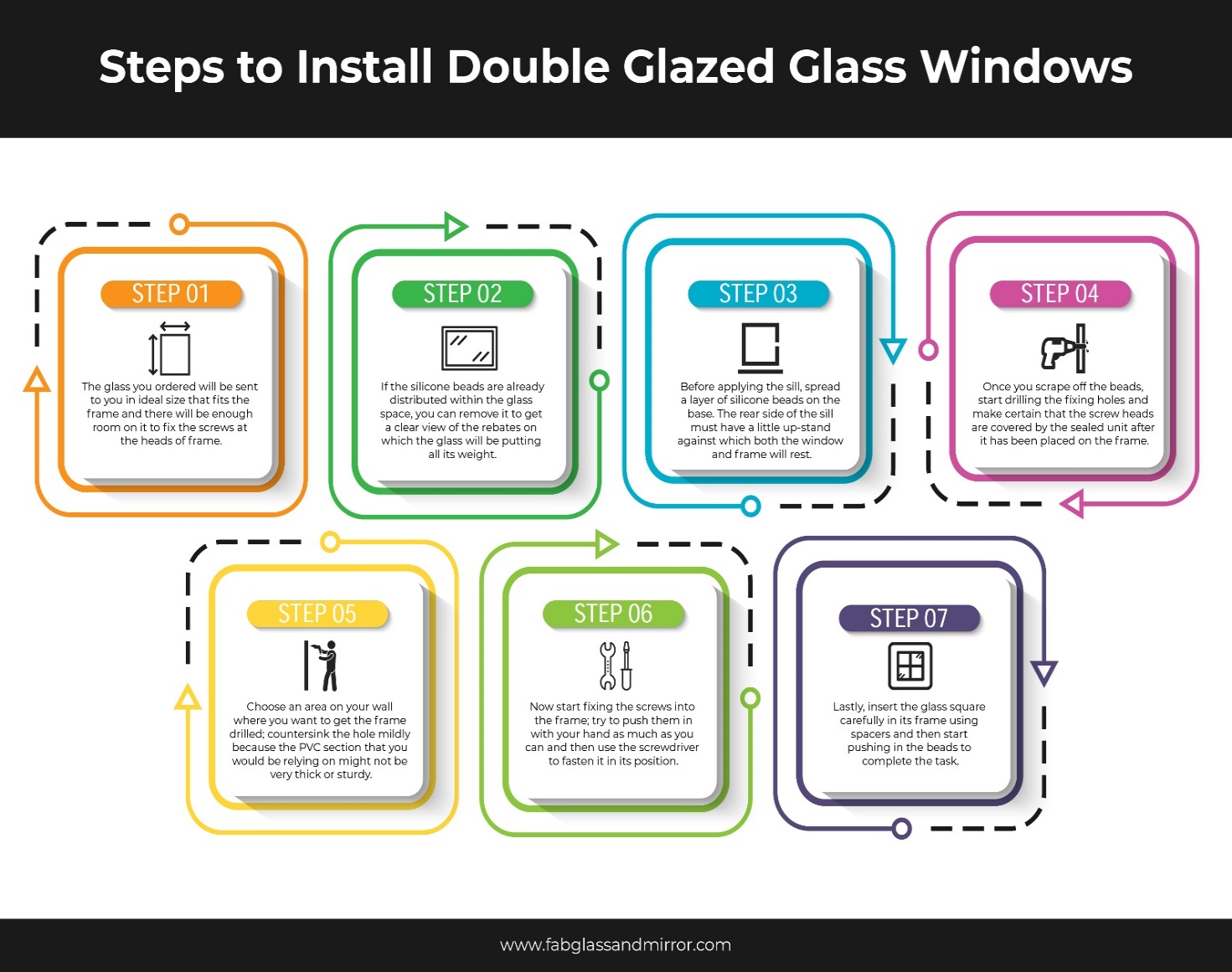
Step 1:
Most likely, the glass that you order will be sent to you in the ideal size that fits the frame and there will be enough room on it to fix the screws at the heads of the frame. This implies that you are spared from the excruciating and messy task of cutting the glass into the frame’s size. When inserting the glass, space it out a little bit, so that all its borders are placed at an equal distance from the peripheries of the frame.
Step 2:
If the silicone beads are already distributed within the glass space, you can remove it with the help of a chisel to get a clear view of the rebates on which the glass will be putting all its weight on.
Step 3:
The sill is supposed to sit on top of the outside skin of the wall, the bed of cement or on the sand. Before applying the sill, spread a layer of silicone beads on the base and then continue with the rest of it. The rear side of the sill must have a little up-stand against which both the window and frame will rest. Nevertheless, remember not to seal the gap of the window frame and the top of the sill.
Step 4:
Once you scrape off the beads that accompany the glass, start drilling the fixing holes and make certain that the screw heads are covered by the sealed unit after it has been placed on the frame. Now, put the frame in and fit it within the frame with assistance from plastic scrapers.
Step 5:
Choose an area on your wall where you want to get the frame drilled; countersink the hole mildly because the PVC section that you would be relying on might not be very thick or sturdy.
Step 6:
This is from where you need to start fixing the screws into the frame; try to push them in with your hand as much as you can and then use the screwdriver to fasten it in its position. We would recommend you to posit the fixings either where the frame is touching the revel or near the spacers that you have previously used to tighten the frame.
Step 7:
Lastly, insert the glass square carefully in its frame using spacers and then start pushing in the beads to complete the task.
Types and styles of windows used in double glazing
Casement windows (attached to frame by hinges): If you are looking for something that is simple yet, classy and attractive, then the casement windows are something that you should look out.
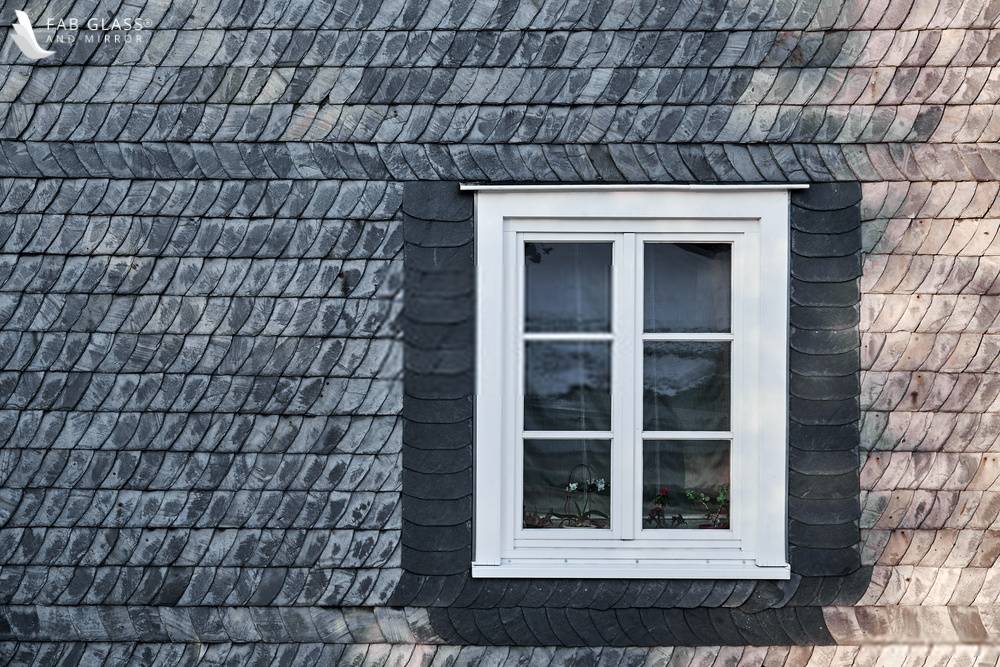
Tilt and Turn windows (open like door): Tilt and turn windows, as the name suggests can be both slanted and turned over from their original place. They are the prime examples of what contemporary uPVC windows strive to achieve- that is unadulterated functionality and attractiveness.
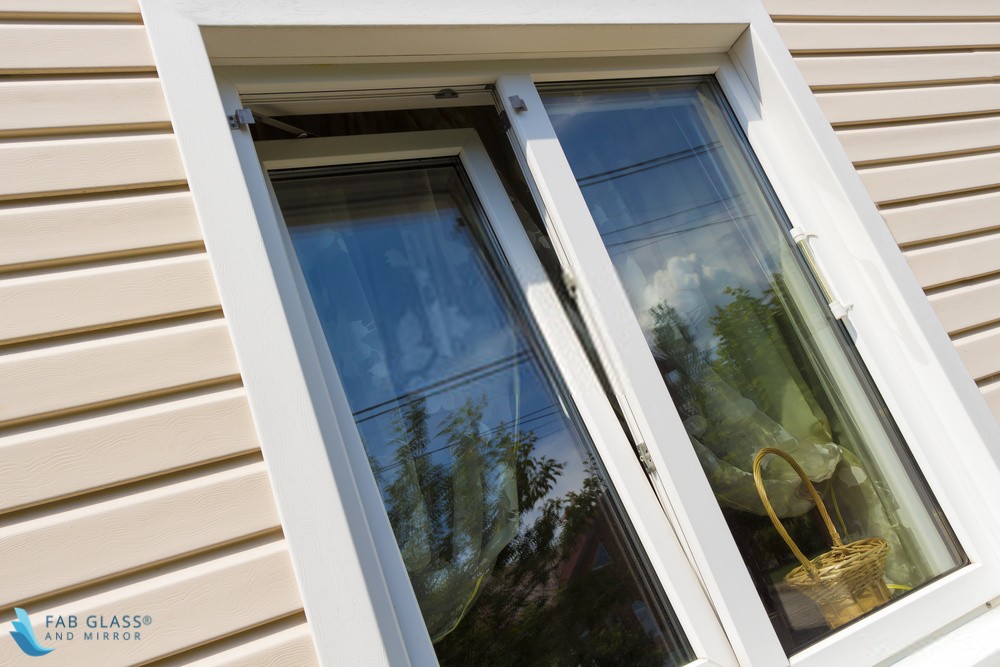
Flush sash windows (thermally efficient): Trying to find a window that is both chic and will help to modulate the temperatures indoor? Then the flush sash windows are the ones that you must procure. Besides being highly-protective, they are also low-maintenance and thermally efficient.

French casement windows (two casement windows side-by-side): French casement windows have been designed to effectively facilitate ventilation and grant your apartment with an artistic design.
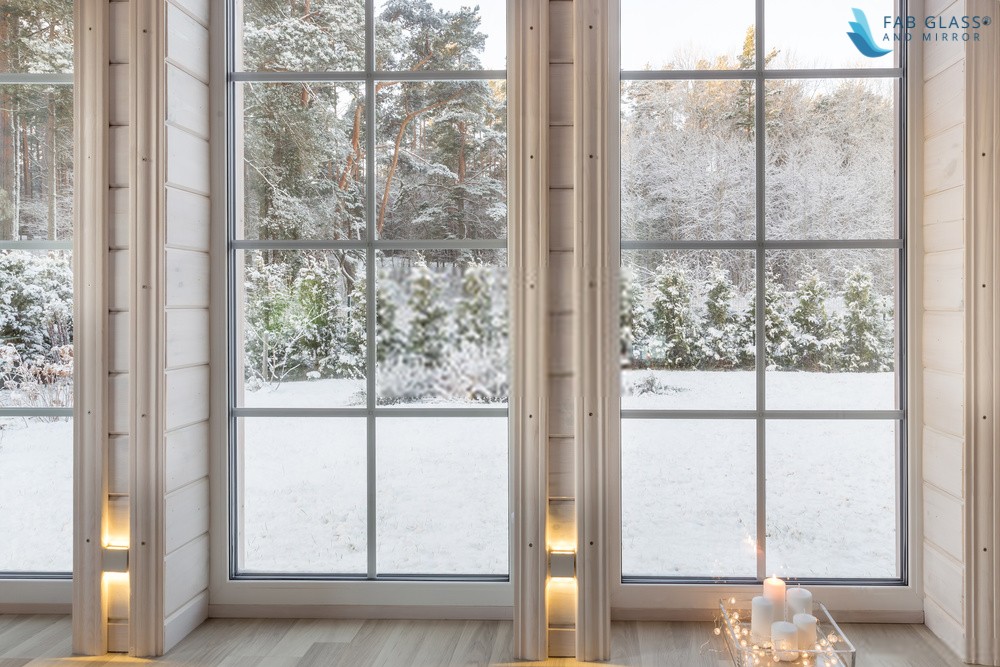
Bi-Fold windows (bring two separate spaces together seamlessly): Bi-fold windows open on both sides of its hinge and thus, can be utilized to increase the wall space.

Sash windows (having moveable panels): These versions of double glazing windows are most commonly used in bathrooms and kitchen to integrate the traditional beauty of design with the modern uPVC technology for an enhanced look.
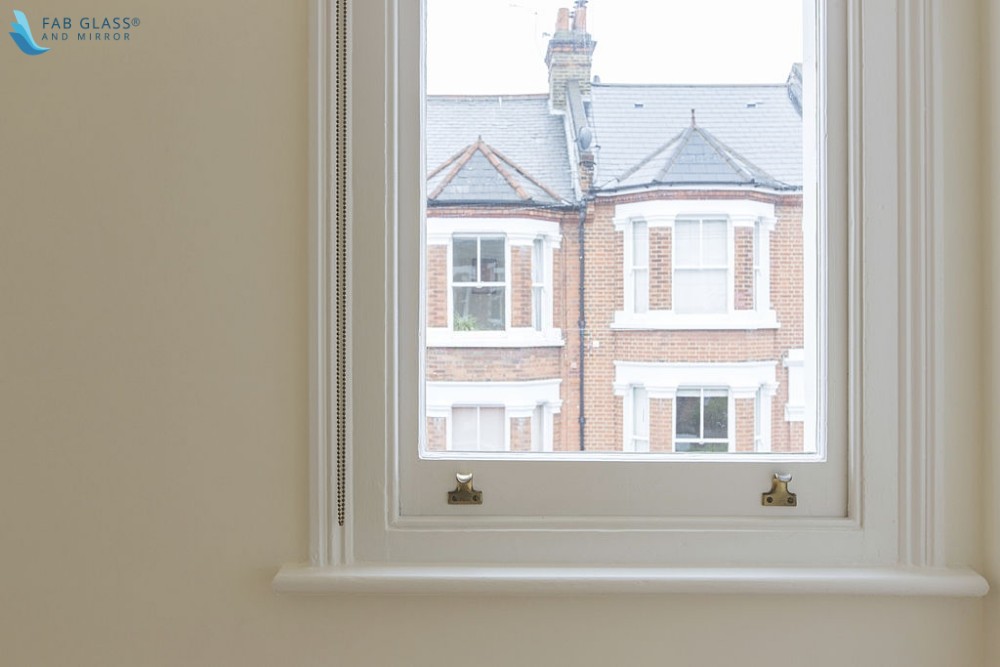
Bay windows (projecting a bit outward from the building wall): A bay window is mostly implemented to deliver the room with an uninterrupted and spacious view of the things and areas lying beyond the enclosed spaces of the apartment.

Bow windows (curved bay window): These are the direct descendants of bay windows but, their only distinguishing attribute lies in the fact that they are curated from four or more individual pieces, therefore, conferring it with soft and curved edging.
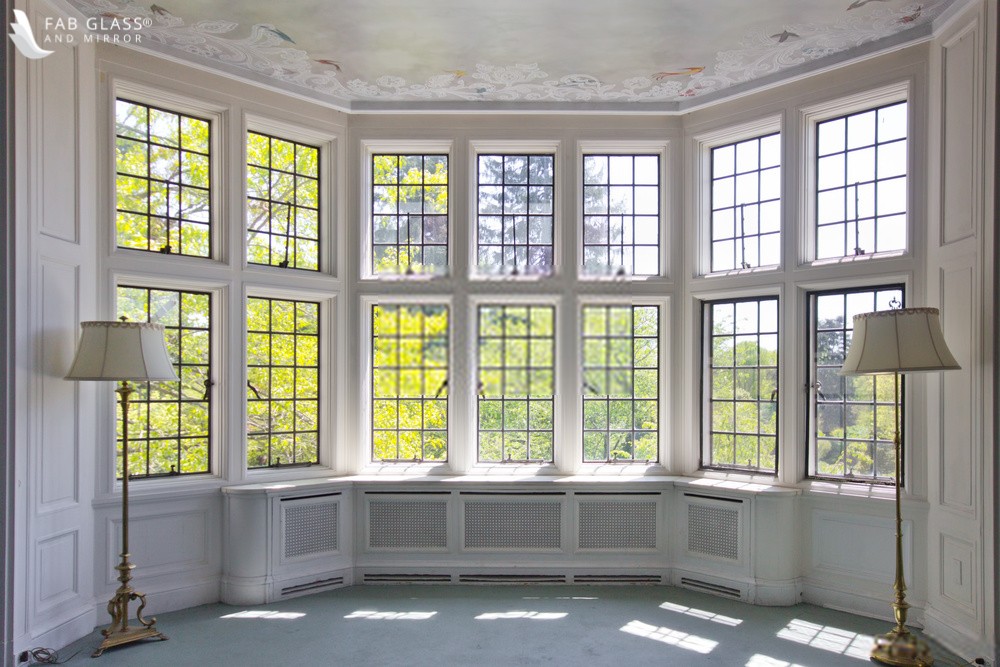
Types of glass used in double glazing
Annealed glass: Even though this is the most affordable glass on the list, it is the most vulnerable variant and can break at any moment. Nonetheless, when used for double-glazing, the space between the two sheets acts as a shock absorber.
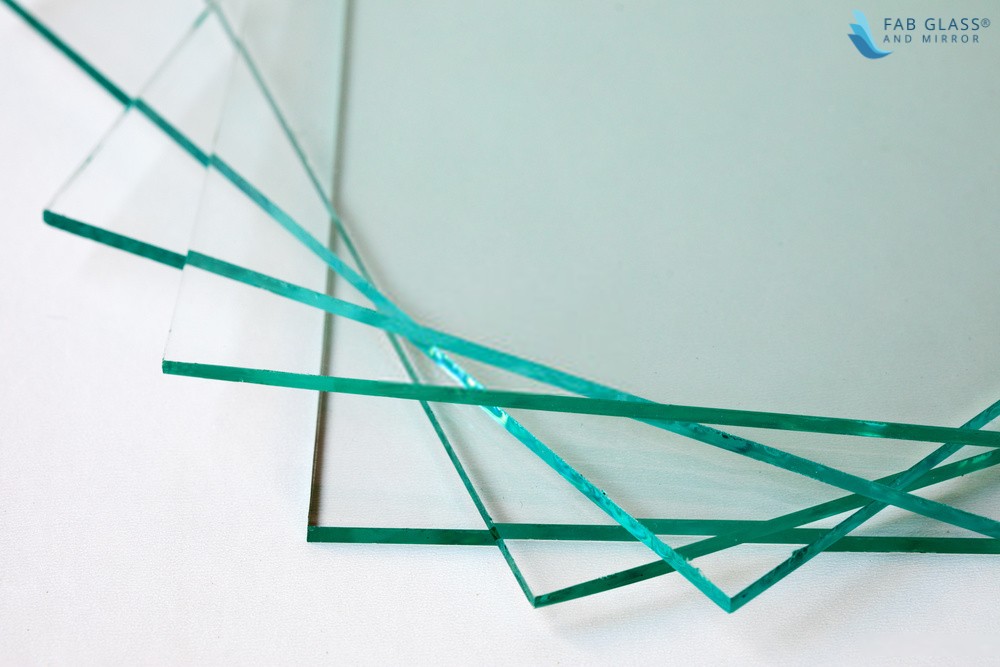
Tempered glass (break into small safe pieces): Tempered glass is simply an upgraded version of annealed glass that has been exposed to further stages of heating to increase its strength.

Laminated glass (not broken into pieces, rather remain intact): Laminated glass can be safely concluded as the toughest of all because between each pane of glass, there’s a layer of plastic made from polyurethane or ethyl vinyl acetate that refrains the glass from experiencing the shock directly.
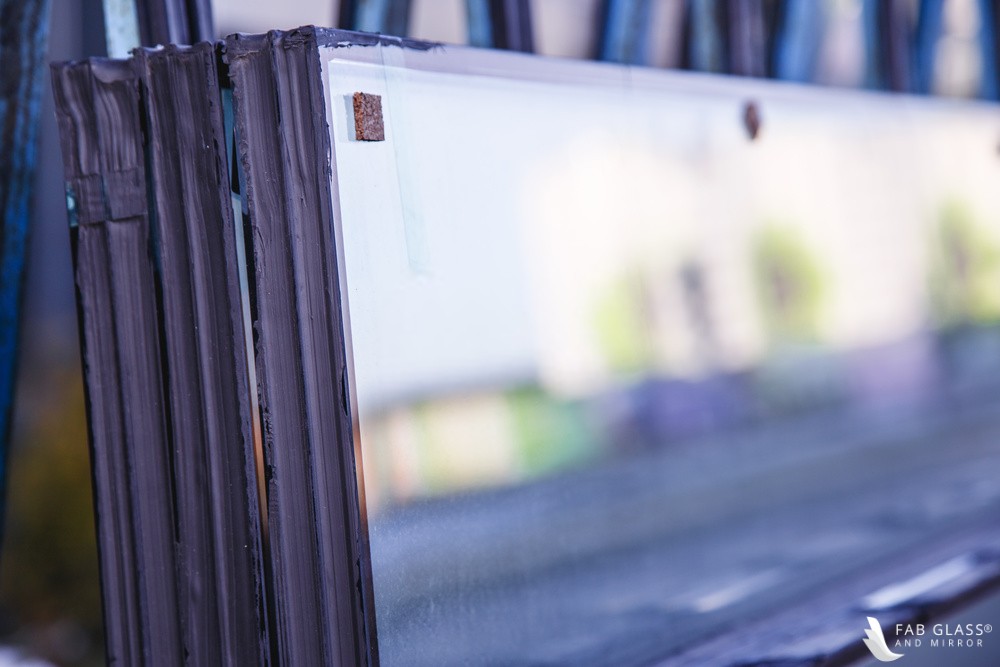
Coated glass: This glass is directed to control the amount of heat entering the room; it is principally coated with a sheer layer that is characterized by the virtues of scratch-resistance, heat and UV-rays reduction, low-maintenance and corrosion-resistance.





